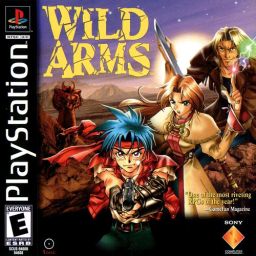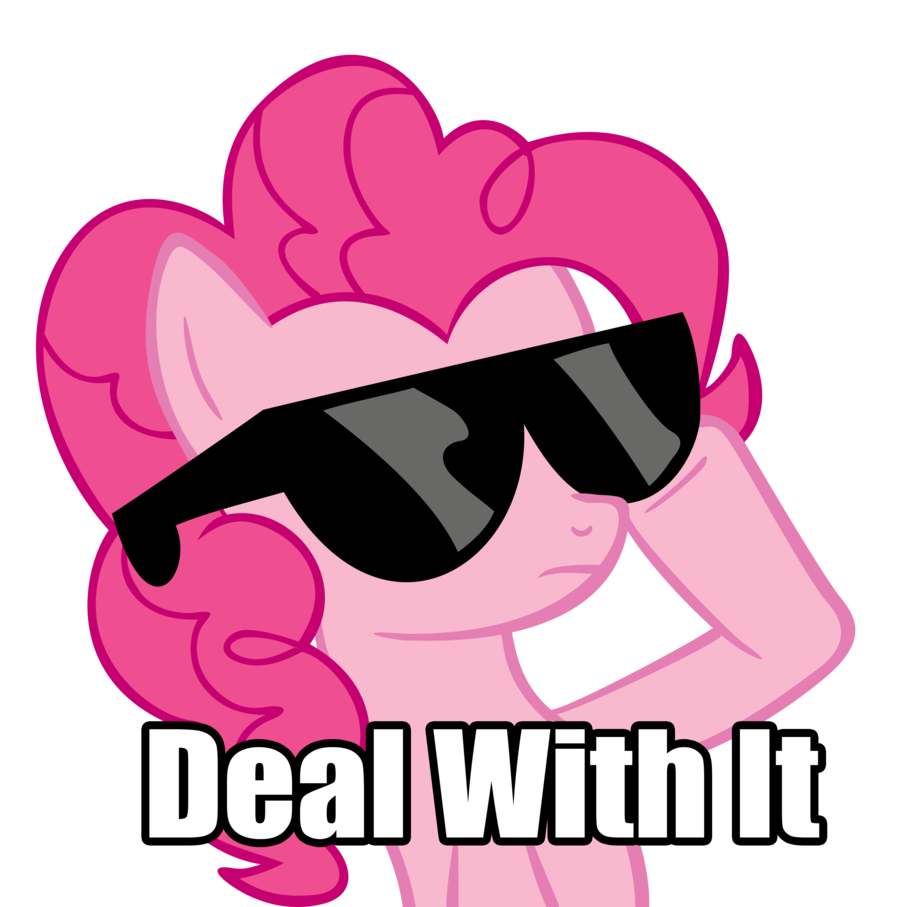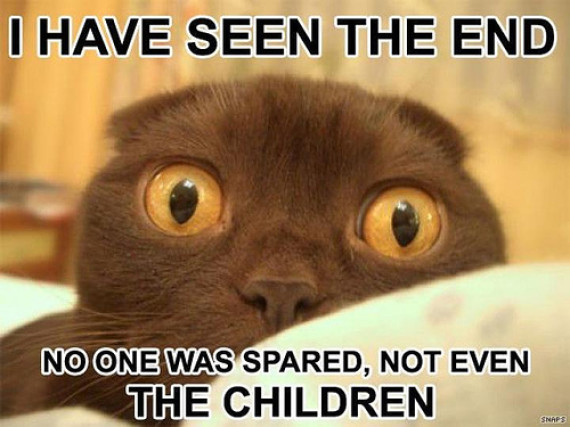F@#$ Mountains of Madness
F@#$ Strange Remnants
F@#$ Under the Pyramids
Disclaimer: I will be using game terms in this post. If you don't know what I'm talking about read my review or look on Board Game Geek for the rules.
Board Game expansions are a mixed bag.
Quite often, expansions come about because the game is a hit and the publisher sees away to keep that wheel rolling. I'm looking at you Settlers of Cataan and Carcassonne.
Sometimes, they address a problem with game play. Race for the Galaxy's first couple expansions did that. That's the only one I'm aware intimately, but there's gotta be several more examples.
And sometimes expansions keep the game from getting stale. The Eldritch Horror expansions mostly fit into this category.
Forsaken Lore on the surface didn't add much. The only big addition was Yig as the cosmic horror that needs to be defeated. What it did, which was fantastic at the time, was add something along the line of 25% additional encounter cards. I don't think the impact of this can be understated. After only a handful of replays, I started recognizing Other World (gate closures) encounters by the title, and a handful more had me memorizing the more popular location encounters (Rome, Tokyo, San Francisco).
Expansion Rating 8/10. I could have done without Yig (at this time) and double the encounters. But a fantastic addition that didn't twist the core game into knots.
Mountains of Madness added the Antartica sideboard, two new bad guys (Elder Things and Ithaqua), a Prelude deck, 8 new characters, unique assets and the adventure deck. Plus more additions to the encounter decks.
Ok this was a big one and did change the game quite a bit.
From least to most impact on game play.
- The Bad Guys. Just the new villains. They all have new wrinkles and keep the game fresh, but the core rules do not change.
- The sideboard. You either need to play the Elder Things as the bad guy or draw (or choose) the correct Prelude for this to matter. It's crazy important with the Elder Things Ancient One, but just flavor otherwise.
- Adventure Deck: Again requires the correct Prelude card to play. But a big deal when it comes up.
- New Characters. This is where it gets hard to parse the impact, because starting from now, all of these things really change the game. Of the 8 new investigators, 5 are really really good. Ursula Downs the explorer, has a ridiculously good passive. Tommy Muldoon, the rookie cop, has the best starting weapon in the game. Daisy Walker is a very good gate closer and is a clue generator. Agnes Baker, the waitress, is surprisingly versatile. Finally, George Barnaby, the lawyer, provides decent support and has the ability to do other things besides supporting the team. Ursula and Tommy get picked in our games so often that there's an argument to be made that this was the most impactful change.
- Prelude Deck: Some kind of bonus (or beneficial trade) to begin the game. I don't think these are terribly well balanced; some preludes are way way better than others. Some can turn out so well, that the game can be won before a single die is even rolled. Those do depend on additional luck of the draw, but I've seen it happen.
- Unique Assets: These wouldn't even be worth a mention if not for tasks. The unique gear and ally's, while potentially great aren't that great of a departure from the gear you can normally get. Tasks are...well...tasks. You accomplish something, and you add some counter to your task. When you've gathered enough you can reveal what the task does. These, like Preludes, vary wildly in effectiveness, but a well timed task can turn the game completely around.
Expansion rating: 9.5/10. At this point, in my opinion, the game needed some help for the players, and Preludes and Tasks certainly offered that. Also a 66% increase of investigators to play was very welcome too. Two thumbs up, way up, on EH:MoM.
Strange Remnants was another smaller expansion, like Forsaken Lore. It mostly just added to what was existing. 4 new investigators, and they were ok, but not Ursula or Tommy. The usual addition of encounters, gear and bad guys helped a bit too and added additional wrinkles. Plus a new adventure deck and a new encounter called "Mystic Ruins". Both required the proper prelude card to play.
Expansion rating 7.5/10. More of the same really. I like any and all additions to gear, encounters and events, so this is still definitely worth getting. But the new ancient one and the mystic encounters deck was meh.
Finally, Under The Pyramids. Expect an update on UtP in the future, as I have only played this once. A new sideboard of Egypt, new investigators, a new mechanism called impairment, and more of everything else previously mentioned.
First impressions:
The sideboard of Egypt is much better than Antarctica. There's multiple exits and 'free movement' once a turn. I suppose the flavor of Antarctica is that it is supposed to be a desolate abyss that's hard to get out of, but I didn't find that experience particularly enjoyable. I like that there are many things to do in Egypt and getting to the next thing to do isn't ridiculously hard.
The Cursed Reporter character looks really really fun. He's a slow build up, but if you can keep from losing, he'll probably end up as the most powerful character on the board. Without some kind of power combination though (through gear or whatever) it's going to take a ridiculously long time.
Impairment sucks, but it was totally necessary at this point of the games life. Pretty much every previous expansion only added benefits to the players and not anything to additionally hinder them. The pendulum had swung to the players side and some new difficulty needed to be added. Impairment is anti-improvement tokens. Instead of increasing your skill, it decreases it.
The Abhoth Ancient One was very entertaining. Defeating cultists is now various skill checks determined by a deck, instead of grabbing the biggest gun and shooting them in the face.
Preliminary rating: ~9ish/10. I need replay but so far so fun.



























